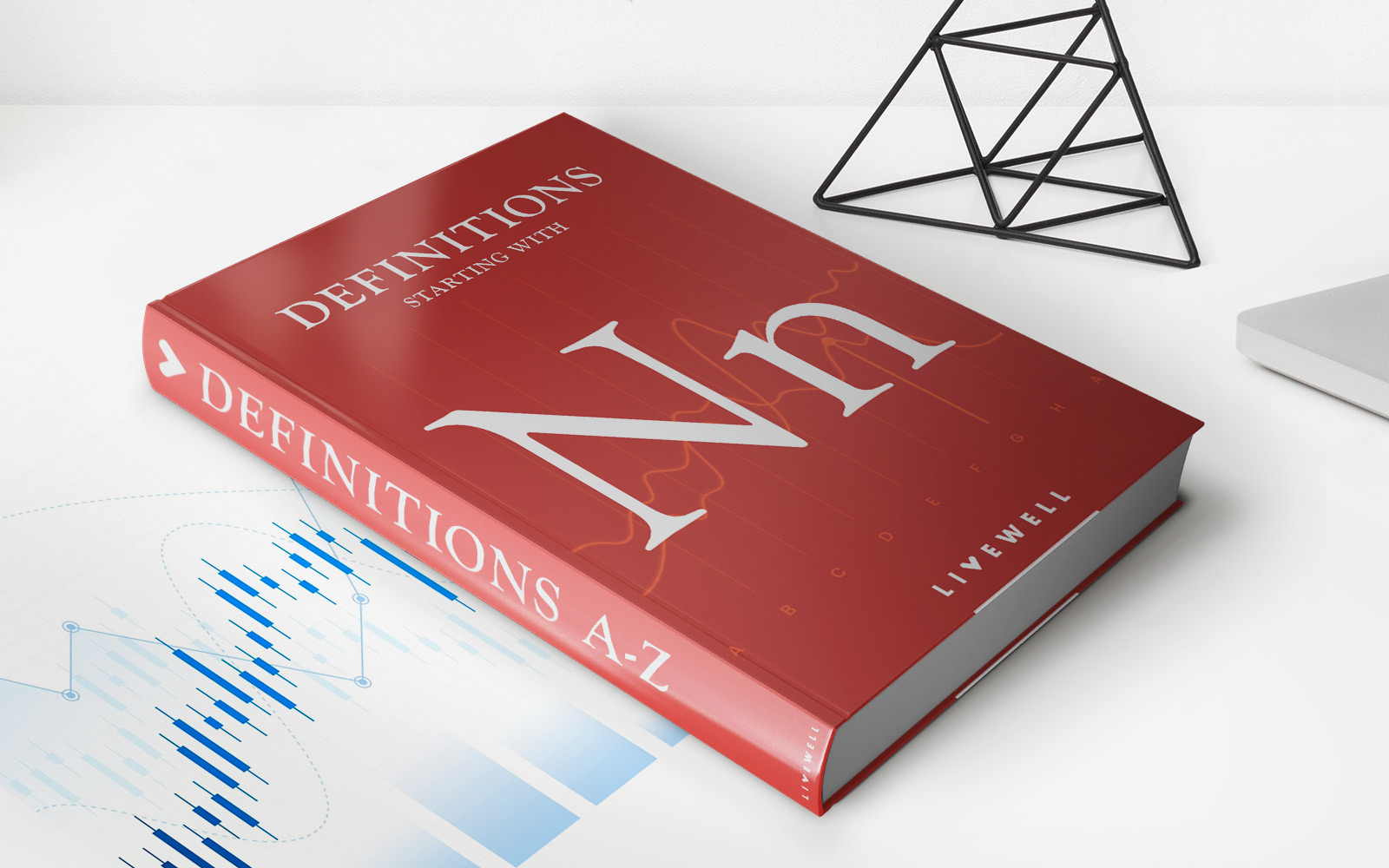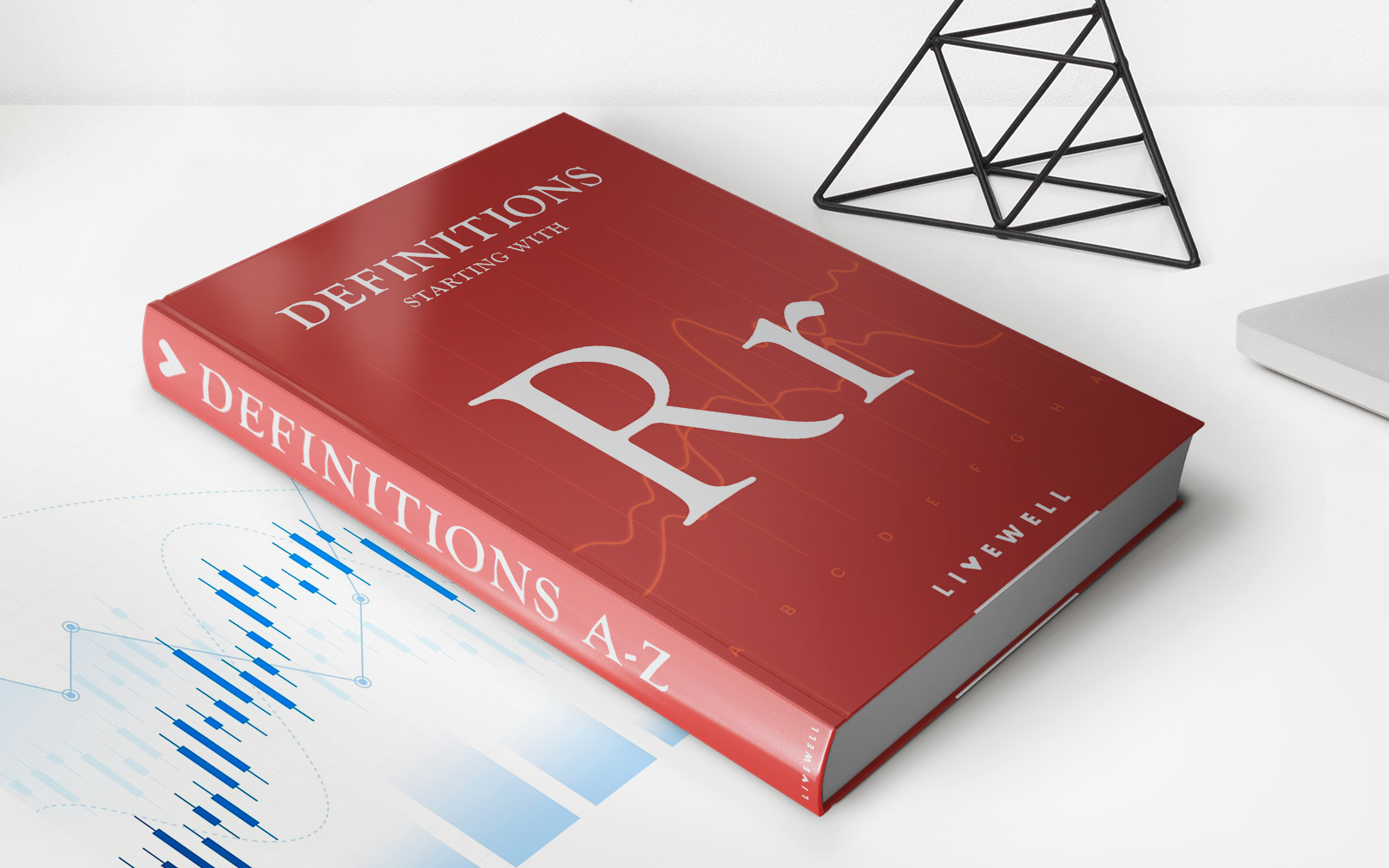

Finance
Co-Insurance Effect Definition
Published: October 28, 2023
Discover the definition and importance of the co-insurance effect in finance. Learn how it affects risk-sharing and financial stability in the insurance industry.
(Many of the links in this article redirect to a specific reviewed product. Your purchase of these products through affiliate links helps to generate commission for LiveWell, at no extra cost. Learn more)
The Co-Insurance Effect: A Closer Look at its Definition and Implications in Finance
Have you ever heard of the term “co-insurance effect” when it comes to finance? If not, don’t worry! In this blog post, we will delve into the definition of co-insurance effect and explore its implications in the world of finance. By the end, you’ll have a better understanding of this concept and how it can impact your financial decisions. So, let’s dive in!
Key Takeaways:
- The co-insurance effect occurs when two or more parties share the risk or cost of an investment or insurance policy.
- By spreading the risk, the co-insurance effect can help mitigate financial losses and provide a sense of security.
So, what exactly is the co-insurance effect? In simple terms, it refers to the sharing of risk or cost among multiple parties involved in a financial arrangement. This can occur in various scenarios, such as insurance policies, investments, or even joint ventures. When parties share the burden, they effectively reduce their individual exposure, thereby minimizing potential losses.
Let’s illustrate this with an example: Imagine you are considering purchasing a property worth $500,000. To mitigate the risk of damage or loss, you decide to obtain co-insurance for the property. With a co-insurance agreement, you and the insurer agree to share the risk and expenses associated with insuring the property. In this case, you might opt for an 80% co-insurance clause, meaning you will be responsible for 20% of any potential loss or damage.
Here are two key takeaways to remember about the co-insurance effect:
- Reduced Risk: By sharing the risk with another party, you reduce your individual exposure to financial losses. This can provide a greater sense of security when engaging in various financial transactions.
- Cost Sharing: Co-insurance often involves sharing the costs associated with an investment or insurance policy. This can result in lower premiums, making it more accessible to individuals or businesses.
The co-insurance effect can be seen in other areas of finance as well. For instance, it is not uncommon to find co-insurance arrangements in joint ventures or partnerships, where multiple entities contribute capital and share both the risks and rewards. By spreading the financial burden and leveraging the expertise of multiple parties, businesses can forge stronger alliances and pursue lucrative opportunities with reduced exposure.
Finally, it’s important to note that the co-insurance effect is not without its challenges. Disagreements regarding risk assessment, coverage limits, and claims settlements can emerge in co-insurance arrangements. Therefore, it’s crucial to have clear and well-defined agreements in place to avoid misunderstandings or conflicts down the line.
In Conclusion
The co-insurance effect in finance brings risk-sharing and cost-sharing benefits to parties involved in a financial arrangement. By spreading the risk and burden, the co-insurance effect helps protect against potential losses and can even lead to lower costs. Whether it be insurance policies, investments, or joint ventures, co-insurance plays a significant role in building a secure financial future. Understanding this concept can empower you to make informed decisions and navigate the complex landscape of finance with confidence.














